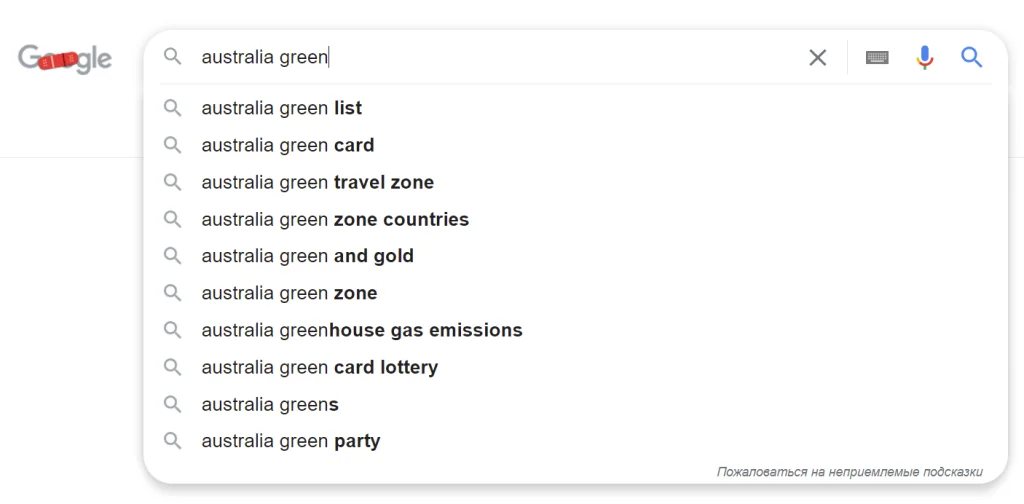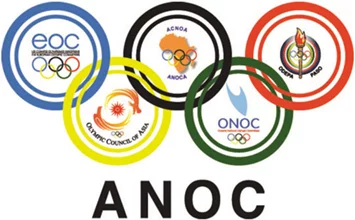It is generally accepted that each of the five colored rings on the Olympic flag is assigned a specific area of the globe. We checked if this is true.
Here's what the article "Olympic Games" says about it: Great Russian Encyclopedia: “The Olympic movement has its own symbol, emblem and flag, approved by the IOC in 1914 at the suggestion of Coubertin in 1913. The Olympic symbol is five intertwined rings of blue, black, red (top row), yellow and green (bottom row) that symbolize the five parts of the world united in the Olympic movement (respectively - Europe, Africa, America, Asia, Australia).”
Information about this can be read both in the media (RIA Novosti, "Tverskaya Vedomosti"), and on the websites of various organizations (Olympic Council of the Tyumen Region, Ingush State University, First St. Petersburg State Medical University). This statement is also widespread in printed literature (books "Five Rings: Ideas and Morals" Vladimir Ageevets and "Green. History of color" Michel Pastoureau). And in 2014, many saw the catch the fact that at the opening ceremony of the Olympics in Sochi it was the “American” ring that was not revealed.
On the one hand, the correspondence in question seems logical - for example, a nickname Green continent has long been assigned to Australia. However, upon closer examination, it turns out that this nickname is widespread mainly in Russia and causes confusion among the Australians themselves - for example, ambassador this country in the Russian Federation.

And indeed, why call the driest continent on Earth, most of which is occupied by deserts, green? Perhaps here we are dealing with the opposite effect - one of the journalists gave the continent the epithet “in honor” of the Olympic ring, and the nickname spread across newspapers and books. Although green is still one of the national colors of the country included.
On the other hand, it is obvious that “black” Africa, “yellow” Asia and “red” America are an allusion to the skin color of their population, and therefore smack of racism. At least in our days, such consolidation at the official level is impossible to imagine.
That's what said about the symbol of the Olympic Games on the official website of the International Olympic Committee: “The Olympic symbol consists of five interlocking rings of the same size (Olympic rings), used separately, in one or five colors. In a five-color design, this is an interweaving - from left to right - of blue, yellow, black, green and red. The blue, black and red rings are located at the top, and the yellow and green rings are located at the bottom, in accordance with the following graphic representation (Olympic Charter, Rule 8).
The Olympic symbol represents the activity of the Olympic movement and demonstrates the union of the five continents and the meeting of athletes from all over the world at the Olympic Games (Olympic Charter, Rule 8).”
The following is a quote from the founder of the modern Olympic movement, Pierre de Coubertin: “These five rings represent the five parts of the world that are now subordinate to the cause of Olympism and are ready to accept its fruitful competition. Moreover, six colors combined in this way reproduce the colors of all peoples without exception.”
In the latter case, the baron obviously meant the colors of national flags, as is confirmed by another quote from him, posted in the August issue of Olimpique magazine in the same year 1913, when he presented his proposal: “... the six colors [including the white background of the flag], thus combined, reproduce the colors of each country without exception. Included are the blue and yellow colors of the flag of Sweden, the blue and white colors of the flag of Greece, the tricolor flags of France, Great Britain, the USA, Germany, Belgium, Italy and Hungary, the yellow and red colors of the flag of Spain, as well as the innovative flags of Brazil and Australia, ancient Japan and modern China. This is truly an international emblem."
Thus, in official sources there is nothing about linking the colors of the rings to parts of the world or continents. Where did this statement come from? The thing is that in the official publication of 1950 "The International Olympic Committee and the Modern Olympic Games" (the so-called “Green Booklet”), each part of the world was actually assigned a certain ring - exactly as given in popular sources. However, a year later this part of the description of the Olympic symbol was removed from the reference book with wording "there is no evidence that this distribution of colors corresponded to Coubertin's original plan; at best, he could have agreed with it later." However, until 2014, the logo of the Association of National Olympic Committees featured the symbol of each continental association was in a ring of the corresponding color:

One way or another, we can confidently say that today the colors of the Olympic rings are not officially tied to specific continents. Moreover, nothing is known about such an idea by Pierre de Coubertin. Finally, it is worth noting that there are options Olympic flag, on which all five rings are the same color (each of the six). And none of them belongs to the Olympic Association of a specific part of the world.
Not true
Read on the topic:
If you find a spelling or grammatical error, please let us know by highlighting the error text and clicking Ctrl+Enter.







